Whisky Fundamentals
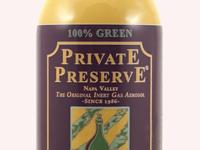
Storing whisky - experiments with inert gas, small bottles and oxidisation
Published 26/12/2021
I’m going to preface this by saying that whisky is not intended to be stored for long once opened, and even in the face of extreme measures your open bottle is going to change overtime. It’s also worth understanding that while I did this blend and tried to be as scientific as possible it is simply not possible to account for every variable. The tips and recommendations here are about slowing down the rate of change to allow you longer to enjoy your favourite dram, not creating some sort of whisky time capsule.
Storing whisky - experiments with inert gas, small bottles and oxidisation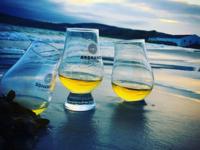
Calories in whisky
Published 17/12/2021
What nutrients does whisky have? Whisky consists almost exclusively of water and alcohol. The proteins, fats or carbohydrates that you know from food are missing in pure whisky. Substances such as tannins, lignins and vanillin derived from maturation in wooden barrels are responsible for the taste of the whisky but they are irrelevant for the calculation of the nutrient and calorie content. How to calculate the calories of whisky If you want to know how many calories are in whisky, you first have to find out how many grams of pure alcohol are actually in the respective amount of whisky.
Calories in whisky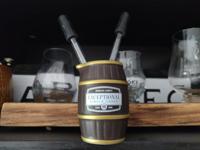
Whisky pipettes
Published 26/10/2021
Whisky can benefit from being slightly diluted with water when tasting: the whisky is “unlocked” and the aromas can be better perceived. A whisky pipette enables the exact dosing of the water into the glasses and is an popular accessory for connoisseurs. For those not willing to part with a couple of quid for a pipette a water jug and teaspoon are an excellent fallback, though there’s no denying whisky aater sropper shaped like pot stills, angel or thistles are pretty stylish!
Whisky pipettes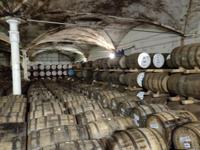
Understanding esters in whisky
Published 18/10/2021
Esters form a group of organic compounds that are formed primarily during the fermentation process as a reaction of oxygen, acid and an alcohol with the elimination of water (a condensation reaction). Many ester compounds in alcohol result in fruity aromas. To understand esters take as an example the tasting notes for two whiskies Note one - Tropical fruits like pineapple, papaya and banana, with a hint of coconut and a little glue Note two Fruity, with dark, ripe fruits like blackberries, plums, cherries and raisins pickled in rum, accompanied by cinnamon and star anise These distinctly different tasting notes are based on whiskies created using the exact same ingredients - water, barley and yeast.
Understanding esters in whisky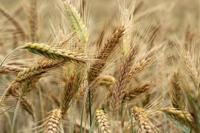
How starch becomes sugar
Published 07/10/2021
Starch is a widespread organic product in the plant world and is present in barley at around 60%. Starch is a long-chain polymer of glucose molecules joined together to store the glucose made by photosynthesis. To begin the fermentation process and make alcohol however the starch must be broken down into fermentable sugars. Starch contains around 20-30% amylose and 70-80% amylopectin. Amylose consists of hundreds to thousands (approx. 200-5,000) glucose units linked together, is in long chains and forms a spiral structure.
How starch becomes sugar
